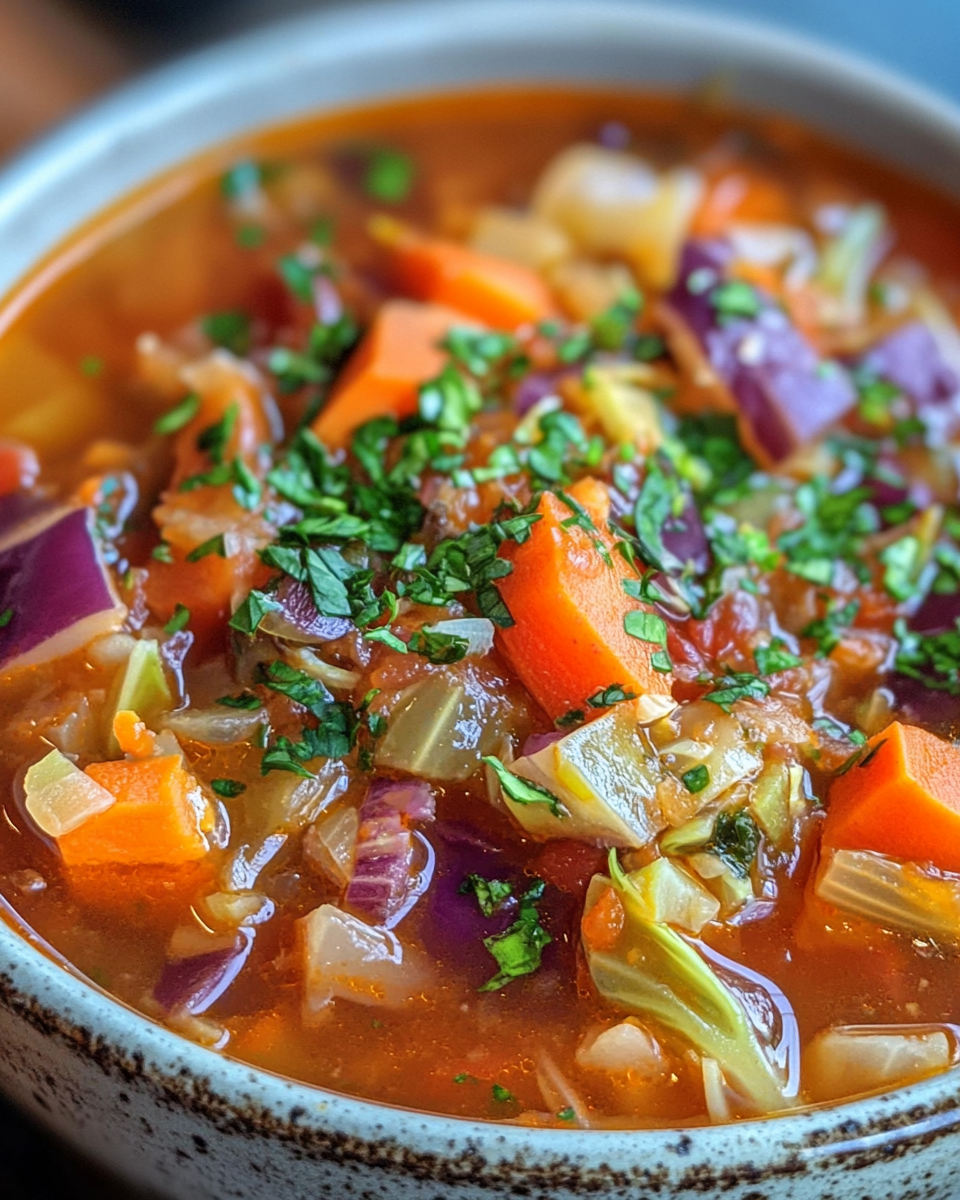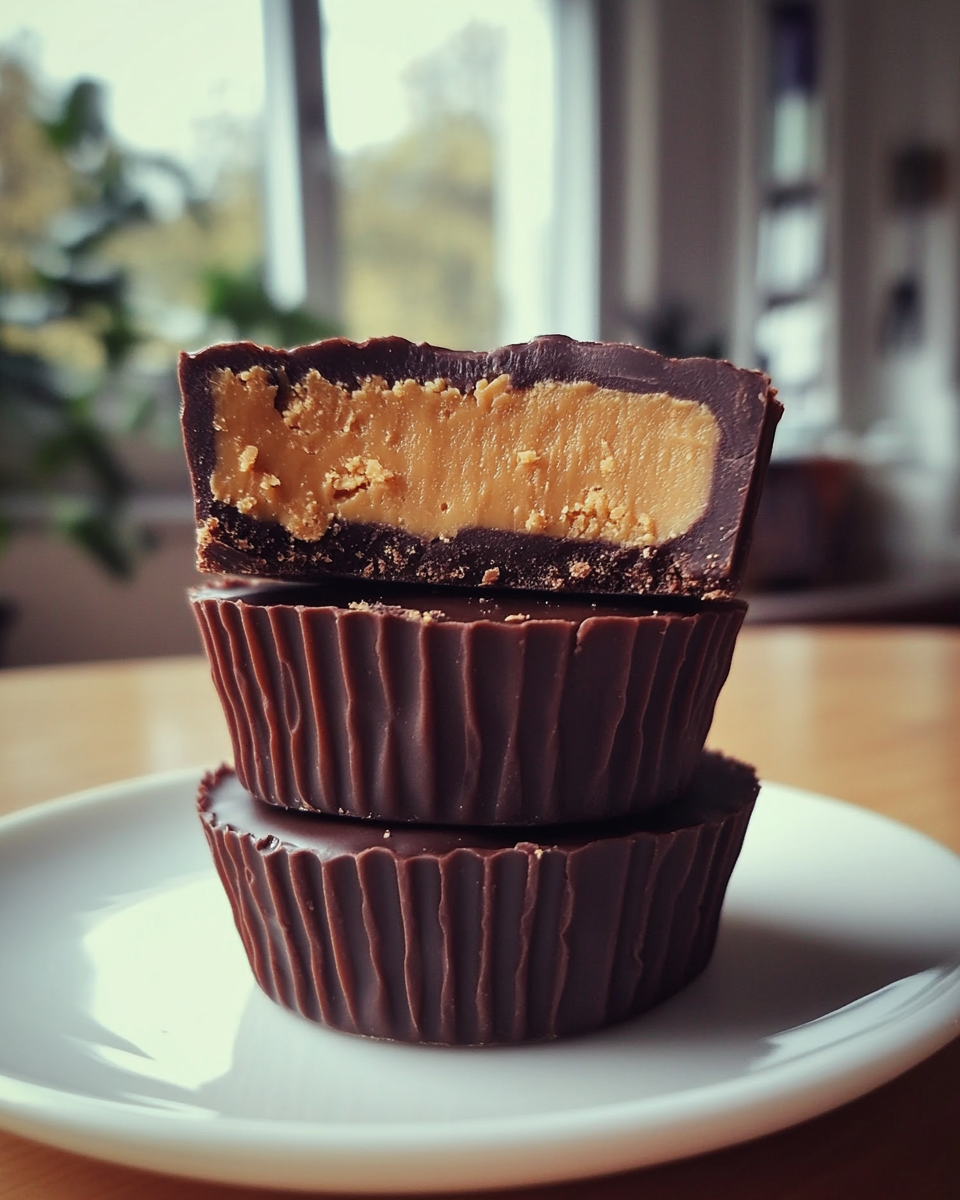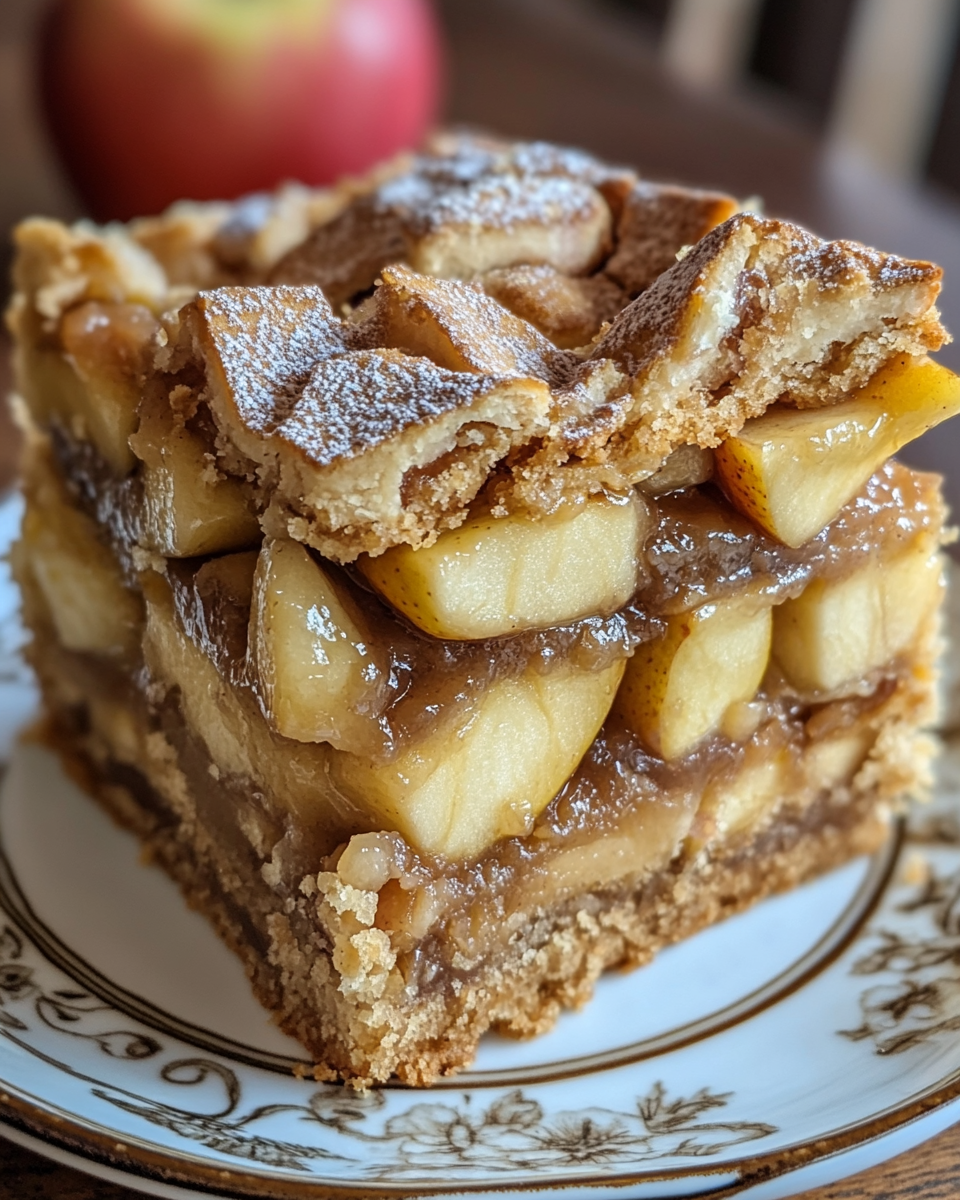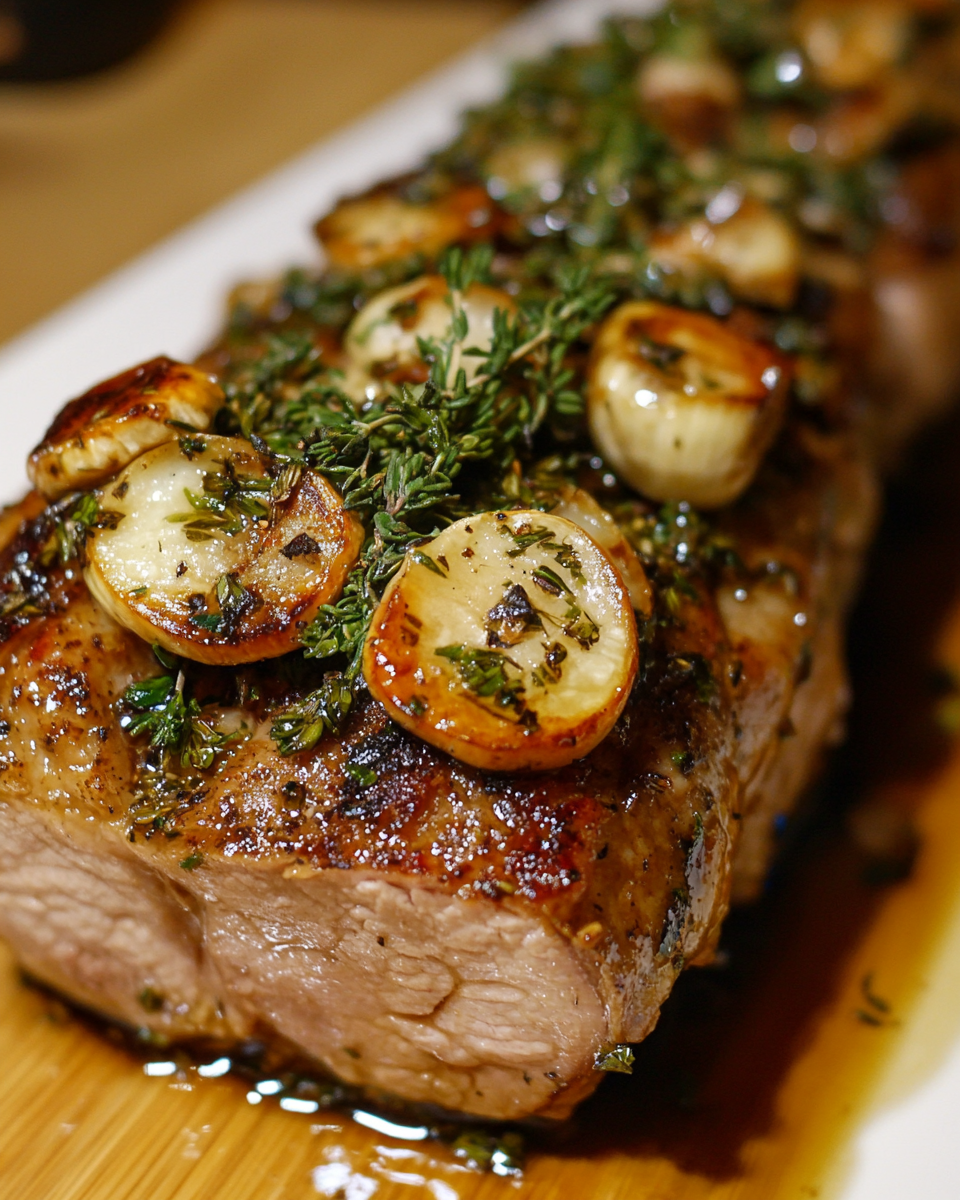Bonnie’s Sunday Dinner Pot Roast – Her Way: A Hearty, Flavor-Packed Family Tradition
Sunday dinners are a time-honored tradition, and nothing brings the family together quite like a slow-cooked pot roast. Bonnie’s version of the classic pot roast stands out because of her special twists and techniques, making it a comforting, flavorful meal that will quickly become a favorite at your family’s dinner table. This recipe is perfect for those who want to enjoy a hearty, tender beef roast with vegetables that melt in your mouth.
For more delicious comfort food ideas, check out The Ultimate Comfort Food: Crockpot Potato Soup with Hashbrowns, which pairs perfectly with Bonnie’s pot roast.
What Makes Bonnie’s Pot Roast Unique?
Bonnie’s Sunday Dinner Pot Roast has all the elements of a classic roast, but with a few enhancements that elevate the dish. It starts with a well-marbled chuck roast that becomes fall-apart tender after hours of slow cooking. Her secret lies in the seasoning and the balance of flavors brought together by ingredients like red wine, garlic, and fresh herbs, creating a rich and savory gravy that brings out the best in the beef.
In addition to the unique flavors, Bonnie’s pot roast offers a wonderful contrast of textures – from the tender beef to the slightly caramelized onions and perfectly cooked potatoes. For an extra touch, Bonnie adds Worcestershire sauce and a splash of balsamic vinegar to brighten up the gravy.
Want to learn more about slow-cooked dinners? Check out Slow Cooker Magic: Unveiling the Ease of Crock Pot Baked Ziti for another cozy meal idea.
Ingredients for Bonnie’s Sunday Pot Roast
To recreate Bonnie’s famous pot roast, you’ll need the following ingredients:
- Chuck roast (about 3-4 pounds): This cut is perfect for slow cooking, thanks to its marbling, which keeps it tender and juicy.
- Red potatoes: These hold their shape during cooking, providing hearty chunks in every bite.
- Carrots: Peeled and cut into large chunks to add a natural sweetness.
- Onions: Use yellow or white onions for their mild sweetness.
- Garlic: Adds depth to the overall flavor.
- Beef broth: The base for the gravy.
- Red wine (optional): Adds richness to the dish.
- Worcestershire sauce: Brings umami and depth to the flavor.
- Balsamic vinegar: For a slightly tangy, rich finish to the gravy.
- Thyme and rosemary: Fresh herbs enhance the savory elements of the roast.
- Olive oil: For browning the roast before slow cooking.
- Salt and pepper: To taste.
Optional Ingredients
- Bay leaves: For added aroma and flavor.
- Crushed tomatoes: For a slightly acidic, tangy flavor in the gravy.
- Mushrooms: Adds a meaty texture and earthiness to the dish.
Step-by-Step Instructions for Making Bonnie’s Pot Roast
1. Prepping the Meat and Vegetables
- Begin by seasoning the chuck roast generously with salt and pepper.
- Heat olive oil in a large skillet or Dutch oven over medium-high heat. Sear the roast on all sides until golden brown. This step locks in the juices and gives the meat a flavorful crust.
2. Building the Flavor Base
- Once the roast is seared, remove it from the pan and set aside. In the same pan, add onions, garlic, and carrots, cooking them until they start to soften and caramelize. Add in the thyme and rosemary.
3. Deglazing and Adding Liquid
- Deglaze the pan with red wine, scraping up any browned bits from the bottom. This adds incredible depth to the gravy. Then, stir in beef broth, Worcestershire sauce, and balsamic vinegar. Bring the mixture to a simmer.
4. Slow Cooking
- Place the roast back in the pan (or transfer everything to a slow cooker). Add the potatoes and bay leaves. Cover and cook on low heat for 8 hours, or in a 325°F oven for about 3-4 hours, until the meat is fork-tender.
Pro Tips for Perfecting Bonnie’s Pot Roast
- Brown the meat: Don’t skip this step! It creates a flavorful crust on the roast and helps develop the rich flavor of the gravy.
- Cook low and slow: The key to a tender pot roast is patience. Let it cook slowly at a low temperature so the connective tissues in the meat break down, resulting in a melt-in-your-mouth texture.
- Check the liquid: If the gravy reduces too much during cooking, add a little more beef broth to keep everything moist.
For another rich and flavorful comfort food recipe, explore No Peek Beef Tips: The Ultimate Comfort Food.
Serving Suggestions for Bonnie’s Pot Roast
This pot roast is perfect when paired with classic sides. Here are a few serving ideas:
- Mashed Potatoes: Serve the roast with a side of creamy mashed potatoes to soak up the delicious gravy.
- Roasted Vegetables: Add some roasted Brussels sprouts or green beans for a healthy, vibrant side.
- Crusty Bread: A slice of crusty bread works wonders to mop up the last of the gravy.
Variations on Bonnie’s Sunday Pot Roast
1. Garlic Herb Pot Roast
- Enhance the flavor by adding extra garlic cloves and a mix of herbs like parsley, sage, and oregano.
2. Spicy Pot Roast
- For those who like a little heat, add red pepper flakes or diced jalapeños to the gravy.
3. Mushroom Pot Roast
- Add mushrooms in the last hour of cooking to introduce an earthy, meaty flavor.
4. Instant Pot Version
- If you’re short on time, cook the pot roast in an Instant Pot. Sear the meat, then pressure cook on high for 60-90 minutes with a natural release.
Nutritional Information
Here’s the approximate nutritional breakdown of Bonnie’s Sunday Dinner Pot Roast (per serving):
- Calories: 450
- Fat: 22g
- Protein: 35g
- Carbohydrates: 20g
How to Store, Reheat, and Freeze Pot Roast
- Storage: Store leftovers in an airtight container in the refrigerator for up to 3 days.
- Reheating: Gently reheat the pot roast in a pot over low heat, adding a splash of beef broth if needed to loosen the gravy.
- Freezing: Freeze pot roast in portions for up to 3 months. Thaw overnight in the fridge before reheating.
FAQs About Bonnie’s Pot Roast
Can I make this pot roast in a slow cooker?
Yes, Bonnie’s recipe works beautifully in a slow cooker. Simply follow the instructions and set the slow cooker to low for 8 hours.
What can I add to make the gravy thicker?
You can thicken the gravy by making a slurry with cornstarch and cold water. Stir it into the gravy during the last 30 minutes of cooking.
Can I use other cuts of meat for this recipe?
Yes, you can substitute chuck roast with brisket or even a bottom round roast, but chuck roast is ideal for slow cooking because of its marbling.
External Links to Include:
- Anchor Text: “Classic Pot Roast Recipe”
URL: https://www.allrecipes.com/recipe/16311/classic-pot-roast/
Reason: A simple and straightforward version of pot roast for those looking to try a more classic method. - Anchor Text: “Slow Cooker Pot Roast Recipe”
URL: https://www.spendwithpennies.com/slow-cooker-pot-roast/
Reason: Provides a slow cooker version for readers who prefer the convenience of using this method. - Anchor Text: “How to Make Pot Roast Gravy”
URL: https://www.simplyrecipes.com/how-to-make-gravy-from-pot-roast/
Reason: Offers tips on how to make the perfect gravy to accompany your pot roast.




